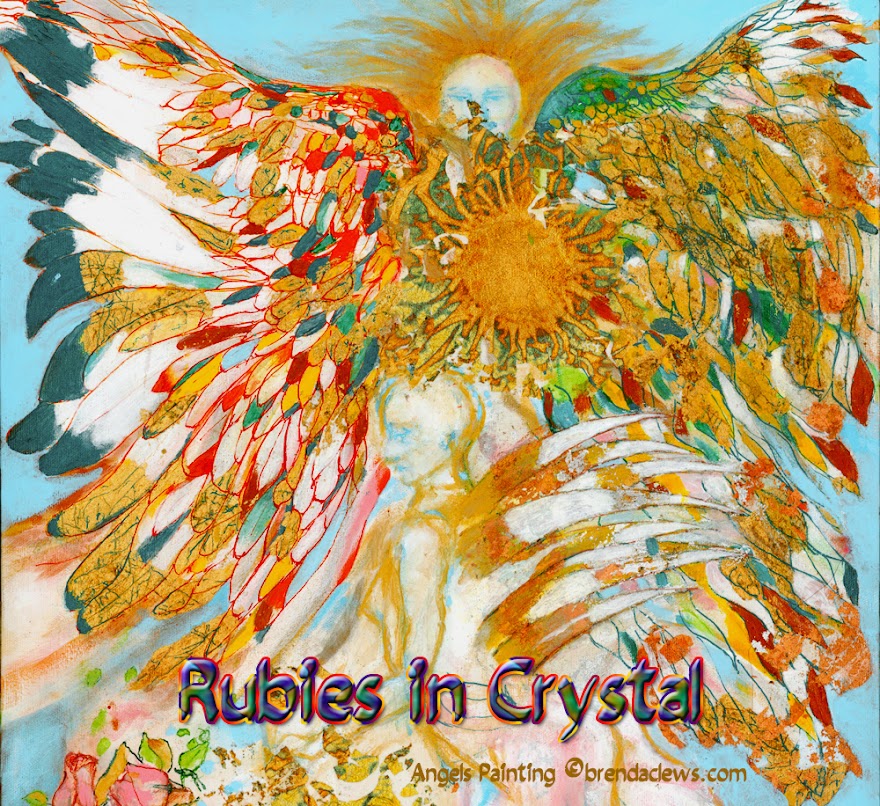A woman walks across the square holding in both arms a large bouquet of unopened bulbs, the top of the clear cellophane wrap in which they are encased is unfurled and open. Like wet paint strokes, the brush flat and full of green paint at the base of the bulb and thinning to a point, dozens, or more. One could not know from across the way, sipping afternoon tea. The imagination looks for corollaries: domes of Persian temples, fat and ready to open; sepals the colour of Green Tara; or Celtic sidhe, mounds, hills, where the fairy folk live who love beauty and wealth, fertile, magical, of the realm of promise.
In the resurfacing of the Zocalo in Mexico City in 1790, Antonio de Leon y Gama discovered the greatest archaeological find of 18th century Mexico. Twin stones. A statue of Coatlicue (she of the feathered skirt of serpents) and the Great Aztec Sun Stone.
She is Teteo Inan, Mother of the Gods.
For centuries prior to finding her, Mexicans laid flowers on the square for the Mother of the Earth. She was never lost, only hidden. I'm writing to you as if I were tearing the snarled roots of a colossal tree from the depths of the earth, and those roots were like powerful tentacles, like the voluminous nude bodies of strong women wrapped in serpents and carnal desires of realization.1
Because the tourists who are in the news were kidnapped in the Danakil Depression it blisters the rotunda in which I sit, and I am twisted in the stunted roots of the dragon trees with broad-leaves and a stout trunks in the lowest place on earth. A festering place, 371 feet below sea level, lava oozing upwards, continuous fissures and hundreds of earthquakes each year, sulphuric pools, salt flats and salty lakes, unblinking sun, a scant few inches of rain a year, highs of 50C in the dry season.
Slow currents under the lithosphere, at the centre of a triple junction fault in the Great Rift Valley of Africa, with a seafloor spreading centre, moving at the rate of 1-2cm a year, Dankalia will submerge into a new sea in 10 million years.
How can the woman with the unopened flowers in her arms walk on a floor of lava? Magma wells up from the mantle, bones from the necklace of Coatlicue emerge as Australopithicus afarensis. She comes from under the earth. They find her in a gully in bits. She is a sky dancing with diamonds.
Can I dance with a hominid with one hip, a sacrum, a rib cage, a lumbar, a humerus, a femoral cranium? She is 3 feet 8 inches tall, 65 lbs and 3.2 million years old. She looks like a chimpanzee but walks upright. Lucy is a connecting link in the evolutionary story, and she was found in 1974 by two anthropologists, Johansen and Gray, near the Awash River, near the hot fields of basalt.
Buried earth mothers of the earth.
The shiny basalt floor of the rotunda heats and cracks as white-enamelled cast iron tables fall. I lay myself on the earth and lay the fresh, green, living, vibrant closed buds before me and they burst into multi-coloured bloom.
____________________1Clarice Lispector, The Stream of Life (Minneapolis: University of Minnesota Press,1989), p.13.



Oh, how you see the landscapes beyond the observation of two simple eyes. Yes, a third eye reaches far beyond and in your hand, the brilliance of sharing that sight.
ReplyDeleteQuote: "Buried earth mothers of the earth"
How perfectly perceptive is this??
And the woman, with the bouquet of bulbs in her hand~does she realize the story within each one? You reach inside to hear it, that is certain.
Brilliant~
Blessings~